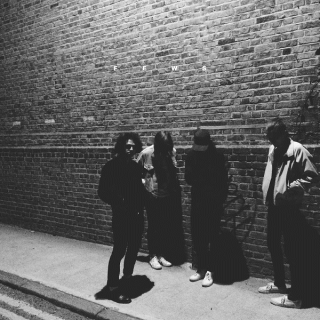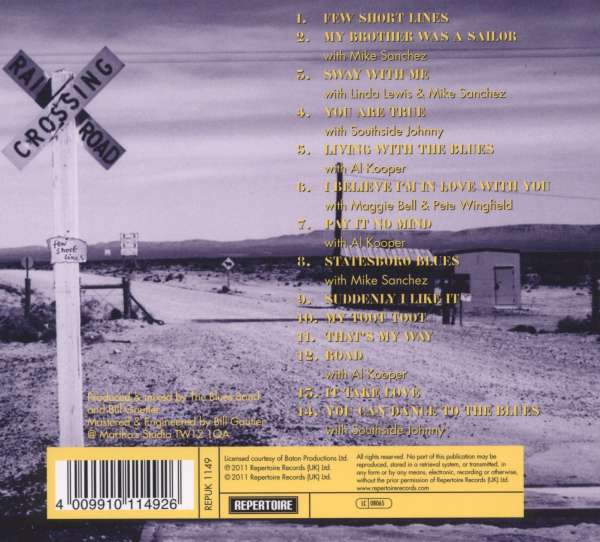

Changing this implementation would break backward compatibility so it was decided to create a new parser, which also properly supports the BIL, BIP and BSQ format.
#THE FEWS BAND SERIES#
using floating point data, extension for time series using blocks) which causes this FEWS implementation to not fully comply with the official specifications of the BIL format and lack support for BIP and BSQ format files. The PI implementation of BIL files however includes several adaptations to specific FEWS purposes ( i.e. In the Public Interface (PI interface) of FEWS, an implementation of the BIL format is also provided, as documented here. Note: It is assumed that your data is using unsigned integers, unless the keyword "pixeltype" is used and its value is"signedint".

The 1- and 4- bit integer pixel formats have not been implemented (yet) as they seem less useful for FEWS, but the rest of the documentation is fully implemented.


#THE FEWS BAND PDF#
( PDF version) and supports integer (1- to 32- bit) pixel values in signed or unsigned format, in either little- or big endian storage order. The file format was documented by ESRI online. The main file extension depends on the format, or storage sequence: These are simple uncompressed binary files representing a raster of one or more image bands, accompanied by an ASCII header file (*.hdr) with image information. Having made its debut someone yelled 'PARADISOOO!' so the name stuck cause it was born there.The BIL, BIP and BSQ raster data formats were originally developed by USGS for CCT tape formats to store Landsat satellite data from 1972 on. Nameless, we decided to try it out at Paradiso, the venue we were playing in Amsterdam. We got booked into Q-Factory studios and by accident I did the same joke and added 'D-B-G’, this time everyone took notice - we worked all day and finished it. Later we headed to Amsterdam and had two days-off - one day to party and one day to write. I just played an open E for them and yeah, they just left the room. Of Paradiso Fred proffers “whilst touring last year I was joking around with the guys going like Hey I’ve got a new song!" even though I really hadn’t. It felt super natural with him and was an amazing partnership then James (Dring) provided the icing on the cake, he made everything pop in a way we couldn’t even imagine” Working with friend and producer Joakim and the resultant work pushing FEWS harder than ever before Fred add’s “we developed it cohesively and Joakim has seen us live a lot and knew instinctively what mood we wanted to achieve. (Fellow co-founder) David said ’Into Red’ is like a lorry going 300 kph on ice almost losing control, which sums it up pretty great.” With these songs I wanted to see how honest I can be with myself without it getting too uncomfortable. We wanted to make an album that actually meant something and take it to the next level, no restrictions or limits. Indie Exclusive Into Red is FEWS dialling-up the intensity with a record boasting a heavier, innovative though nonetheless catchy dynamic than the blueprint of their debut record.Īs band co-founder Frederick explains “Making these songs is by far the most personal thing I’ve ever experienced.


 0 kommentar(er)
0 kommentar(er)
